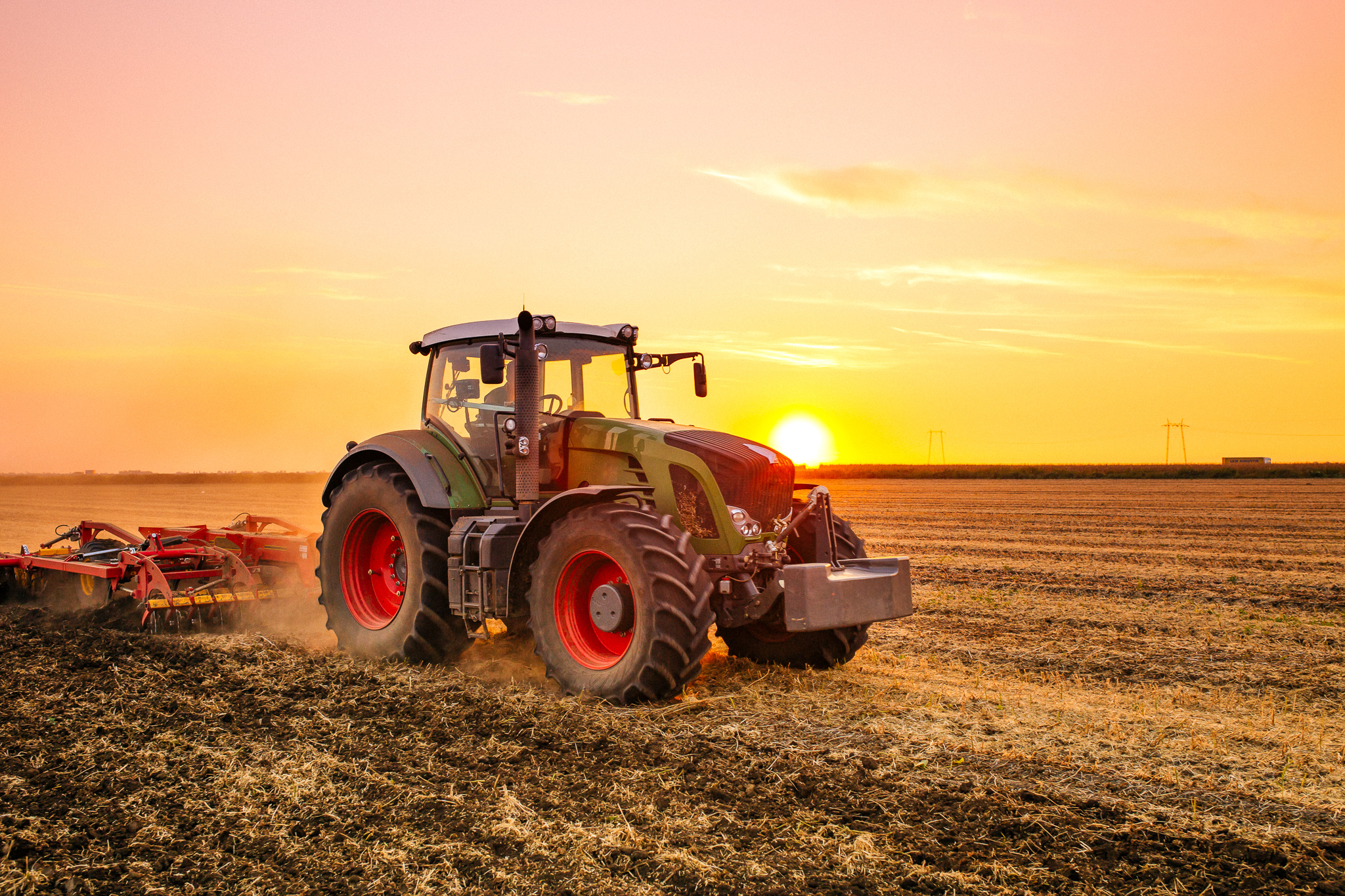It takes companies between 13-15 years to discover a new crop protection product and bring it to market, despite the urgent pest resistance issues farmers face. This forces growers to continue using old tools even as new problems emerge and worsen. The severe weather that threatens crop yields – including droughts, heatwaves and heavy rains – will become more frequent and severe over the coming years. Meanwhile, food production must increase 60-70% in the next few decades to keep up with population growth and an impending labour shortage in some regions threatens growers` businesses.
These problems are too big and urgent for agricultural companies to tackle with traditional industry approaches or moonshot solutions that may or may not pay off. Instead, as agtech investment balloons in response to these threats, the industry must swiftly commercialize new technology that helps farmers respond to and build resiliency against them. This includes building on technologies that farmers already use and drawing from proven innovation in other industries.
Farmers need practical innovation that addresses their immediate needs: keeping crops healthy and sustaining their businesses. To adapt, growers need tools that help them predict, respond to and mitigate climate change`s impacts on their acres. Tools that offer immediate insights into how agricultural practices affect crops` health are one piece of the puzzle. For example, Yard Stick has developed a handheld device to help farmers quickly map and measure soil carbon levels across their fields.
Making information about it accessible helps farmers understand evolving soil conditions and in turn make more informed decisions to keep their crops healthy. In contrast, buzzy approaches like vertical farming – which promises to keep crops healthy by removing them from severe weather altogether – remain out of reach for most growers and are still far from the scale required to produce sufficient food over the next few decades.
Along with maintaining healthy crops, farmers` chief concern is sustaining a healthy business. But tech needs to fit in with their existing operations and cropping systems – not the other way around – and to build upon what farmers are already using. For instance, practical applications of automation can help farmers struggling with the slow pace of agricultural job growth. Technologies that offer growers deeper insights on their crops can also make a difference by giving them data to alter their practices in an impactful way.
Looking forward, the agricultural industry can draw on proven innovation in other industries to quickly develop new practical tools for farmers – reinvigorating stagnant pipelines with less risk and faster outcomes. Technologies that originated in pharma, like targeted protein degradation, already show promising applications in agriculture – from weed control to tackling resistance.
The agricultural industry can continue to draw innovation from pharma and other industries to create new tools for farmers more efficiently than it could starting from scratch. To adapt to climate change, population growth and labour shortages, they need practical solutions that create immediate, tangible impact.











